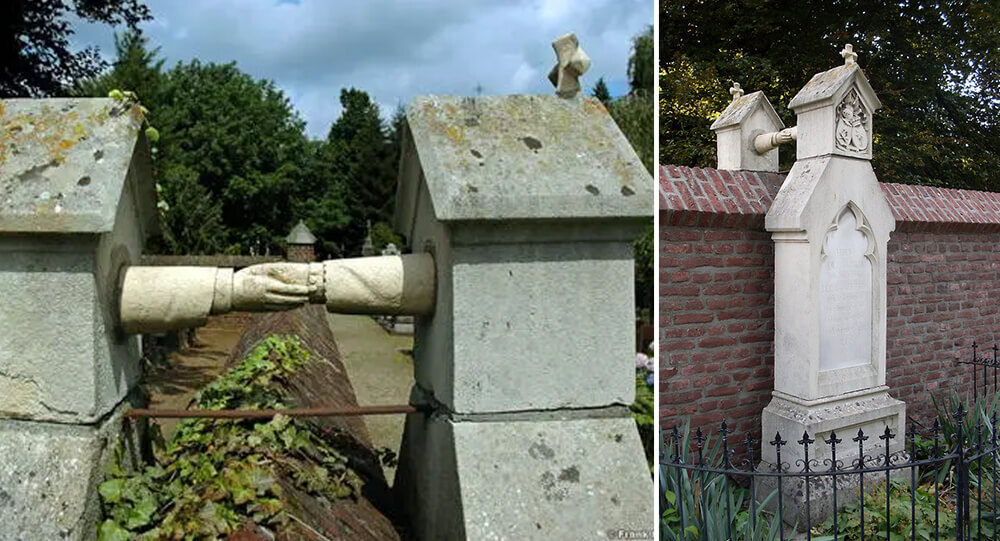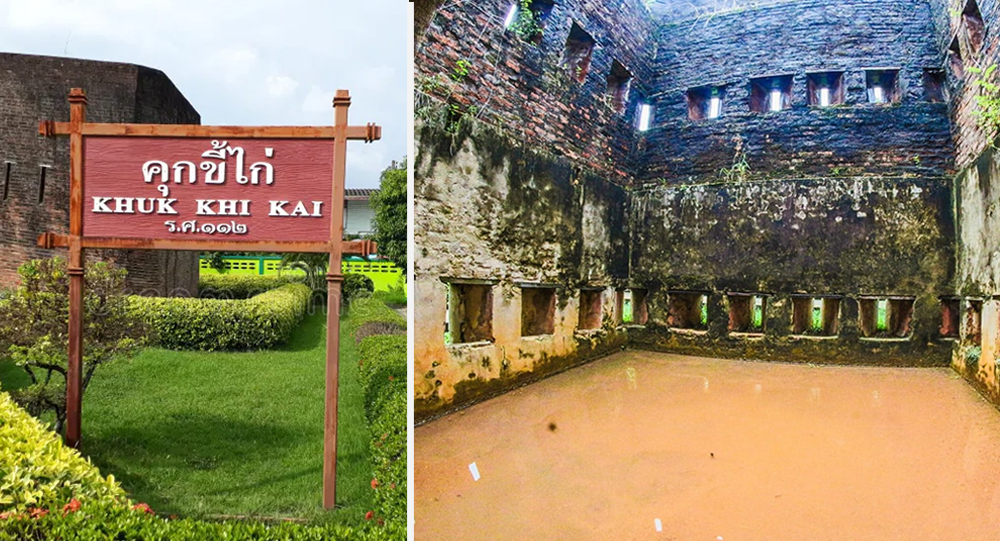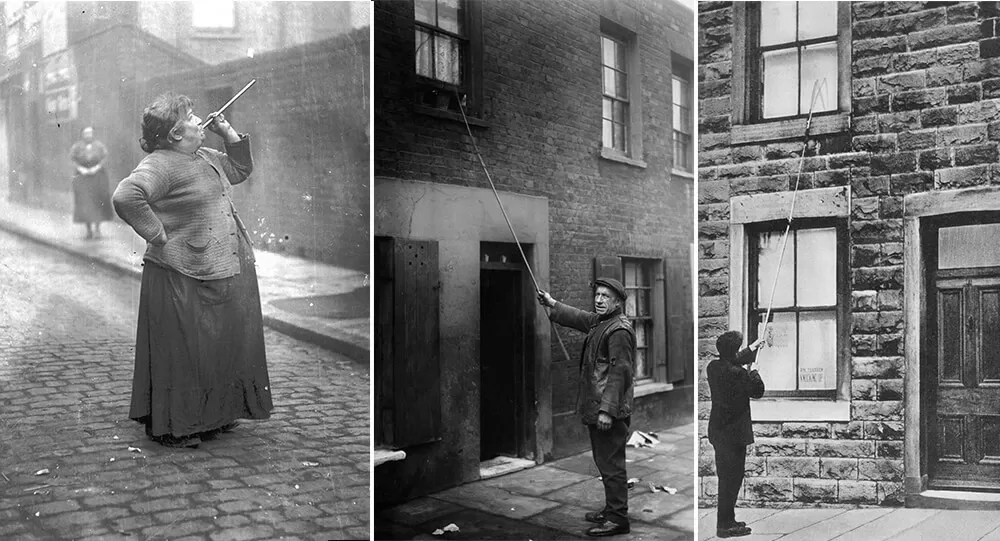Elisabeth van der Meer was a devout Catholic who lived in the 19th century in the center of the Netherlands. She was a devout Catholic with a strong commitment to her traditions and beliefs. Elisabeth’s life unexpectedly changed when she fell in love with Pieter de Vries, a Protestant.
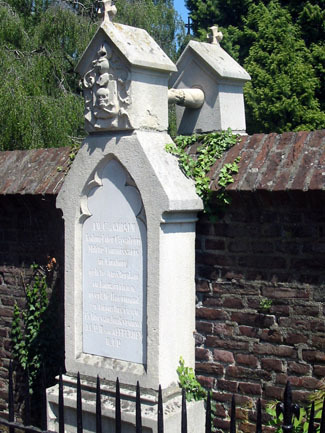
Pieter was a good-natured, compassionate person who was steadfast in his Protestant faith. Elisabeth and Pieter had different religious beliefs, but their love for one another grew stronger every day, overcoming the limitations imposed by their respective denominations. They both believed that love could overcome any difficulty, including differences in religion.
Elisabeth and Pieter encountered a lot of opposition from their families and communities as their relationship grew. At the time, the Catholic Church had a significant impact on Dutch culture, and interfaith unions were frowned upon. Elisabeth and Pieter remained steadfast in their love for one another despite the disapproval and criticism they encountered.
Over time, the couple made the decision to get hitched and start a family. They decided to have a small wedding ceremony that combined elements from both the Catholic and Protestant traditions in an effort to reach a compromise that would honor both of their religions. Their closest friends and relatives were present for their lovely celebration of their love.
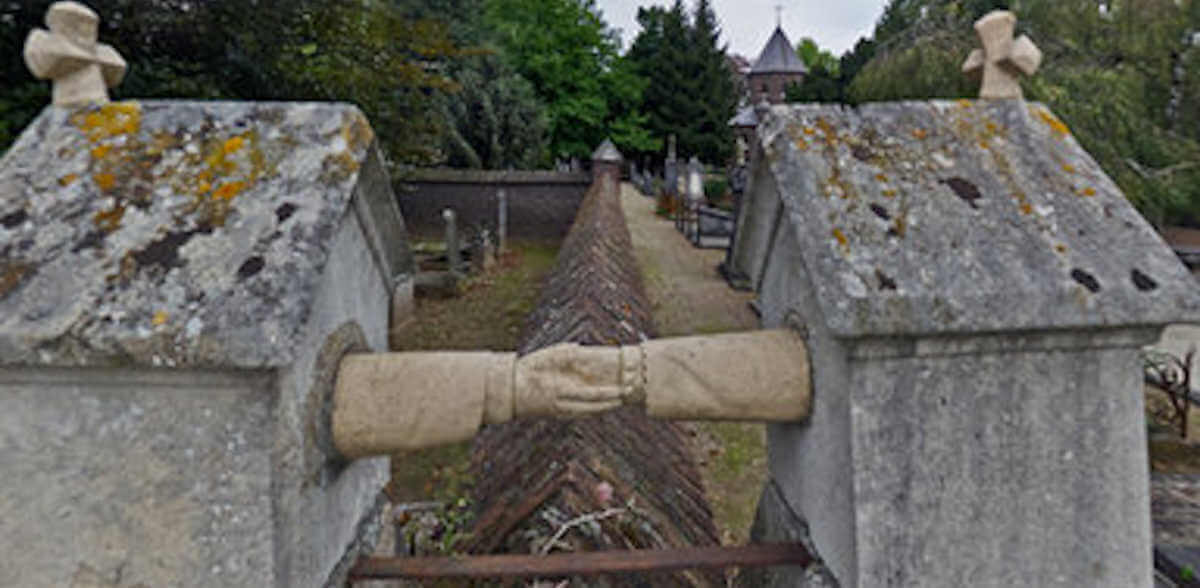
Following their nuptials, Elisabeth and Pieter had to find a burial site that would respect their diverse religious beliefs. The religious divisions in Dutch society were reflected in the graveyards, which were frequently divided into separate sections for Catholics and Protestants.
Elisabeth and Pieter, however, were adamant about coming up with a solution that would enable them to spend all of eternity together. They went to a nearby cemetery and spoke with the keeper about their unusual situation. The caretaker, who himself believed in harmony and understanding, was moved by their love and dedication and consented to a unique arrangement.
Elisabeth and Pieter had a small section of the cemetery set aside for them. A gravestone was built with Catholic and Protestant symbols on it to represent their merged faiths and their shared love. A crucifix representing Elisabeth’s Catholic upbringing and a Bible representing Pieter’s Protestant beliefs were placed on the stone.

The gravestone was adopted as a community symbol of acceptance and love, encouraging others to embrace tolerance and understanding despite religious differences. It served as a reminder that despite differences, unity can be found and that love knows no bounds.
Many people visited the cemetery over the years to see the unusual gravestone. The tale of Elisabeth and Pieter became the stuff of local stories, inspiring people to embrace their common humanity and the strength of love. Generations have been inspired by their legacy to embrace love, respect, and acceptance regardless of their religious affiliations.
